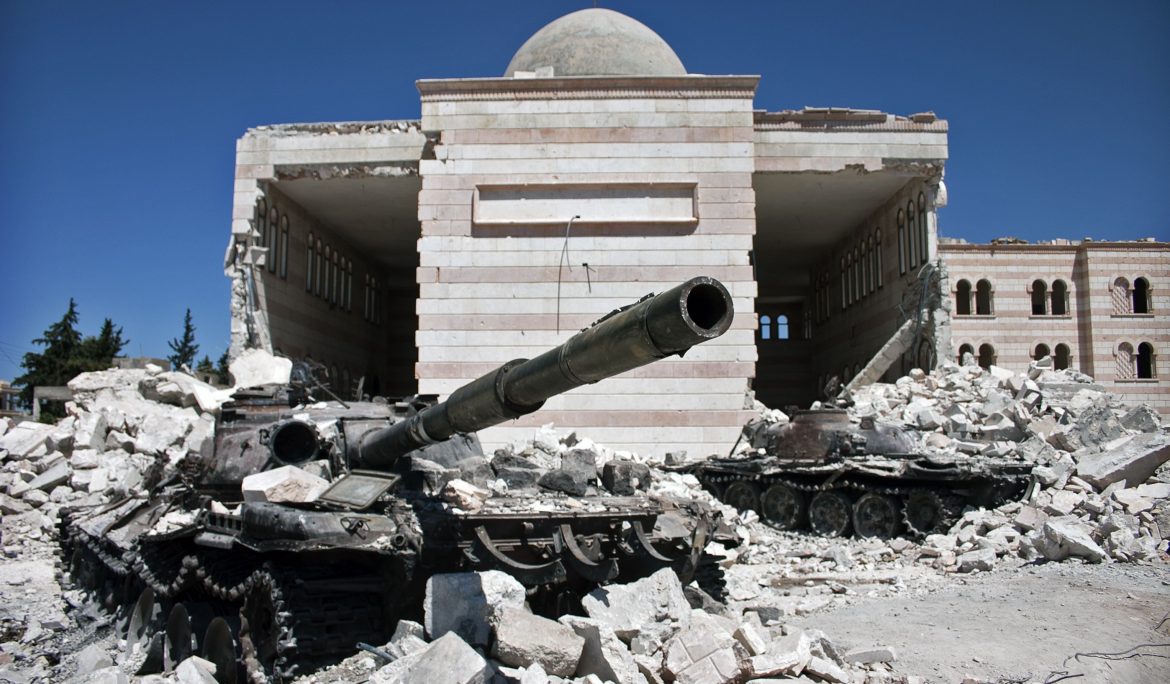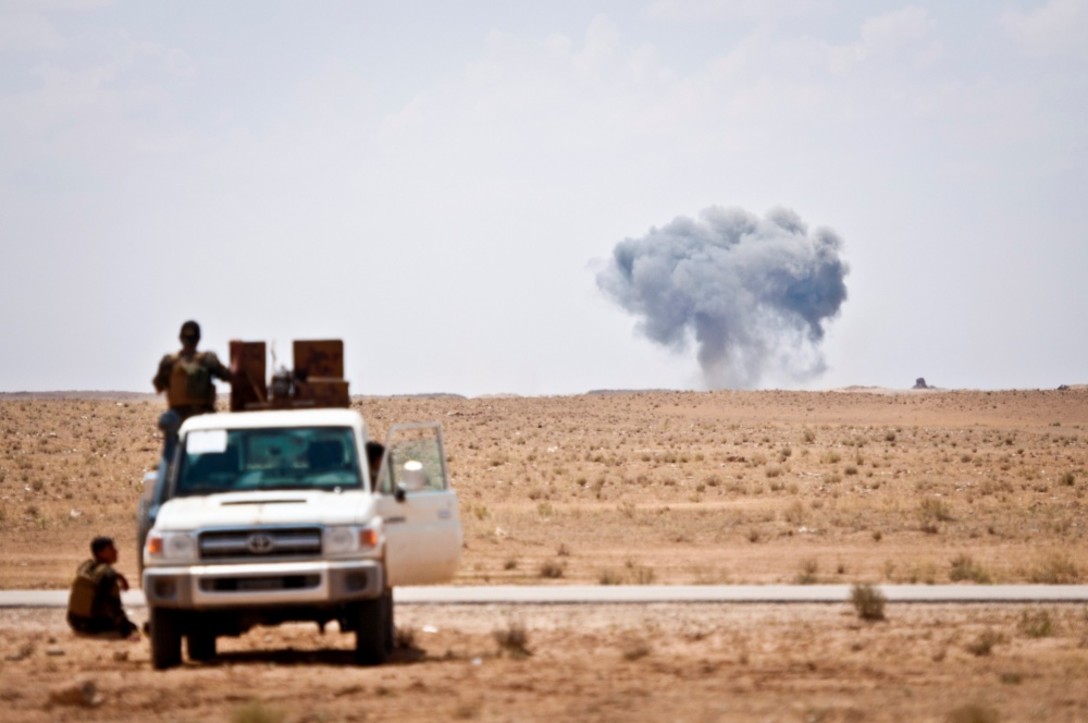Talking disarmament for the Middle East
Last month Noha Tarek from Egypt commented on my reflection that neither members of the Non-Aligned Movement (NAM), with the exception of India, nor Arab League members have contributed financially or in kind to the elimination of Syria’s chemical weapons (CW). Syria participates in both groupings. She linked disarmament elements to a host of intra-regional and external politics and considered the relationship between Syria’s (read: Arab) CW and Israel’s nuclear arsenal. It has taken me a while to reply. I could have easily registered my disagreement with several elements, but that does not open new perspectives for disarmament in the …
Taking stock of the chemical weapon ban
On 20–21 March the University of Rome III hosted a roundtable discussion to reflect on the current status of the prohibition on chemical weapons (CW) and the future challenges to that ban. Although convened by the Law Department, the speakers represented an eclectic group of experts with backgrounds in international law, political sciences, chemistry and biology, as well as practitioners. Notwithstanding, the meeting yielded considerable coherence in arguments, with questions, challenges and supplementary insights contributing further to an already rich multi-disciplinary texture. The Chemical Weapons Convention (CWC) is at the heart of today’s prohibition on CW and their use in …
Disarmament on top of the world
Given that the Chemical Weapons Convention (CWC) has already attracted 190 states parties, the Biological and Toxin Weapons Convention (BTWC) has become something of a laggard. Not just in terms of numbers, but also regarding the time it has taken to secure the 170 ratifications or accessions. It entered into force in 1975, or 22 years before the CWC became effective. Over the past decade and a half parties to the BTWC have stepped up their efforts to secure more ratifications and accessions. Unlike the CWC, the BTWC does not have an international implementation organisation that can take charge of …
Debunking the myth of Nazi mosquito-borne biological weapons
Starting at the end of January, several press items reported on an academic article published in the December edition of the quarterly magazine Endeavour. Based on documents from the Dachau concentration camp, Dr Klaus Reinhardt, a biologist at the University of Tübingen uncovered that Nazi scientists wanted to use mosquitos as insect vector for the delivery of malaria plasmodium protozoans. According to the article abstract: In January 1942, Heinrich Himmler, head of the Schutzstaffel (SS) and police in Nazi Germany, ordered the creation of an entomological institute to study the physiology and control of insects that inflict harm to humans. …
Not so dead lines
If ever you had the impression that things had calmed down over the destruction of Syria’s chemical weapons (CW), you may be in for a bad surprise. The already frenzied pace of developments has just picked up again. On 15 November the OPCW decided on the timelines for the destruction and removal of Syria’s chemical weapon (CW) capacity. In parallel developments, countries that had been hoped to host the destruction operations kindly thanked the United States for the honour and politely refused. It basically left the Organisation for the Prohibition of Chemical Weapons (OPCW)—aka the global community—with very few options: …
Syria's CW declaration: One third larger than assumed
On 28 October, the UN Secretary General Ban Ki-moon presented the first report on the destruction of chemical weapons (CW) in Syria to the UN Security Council (UNSC). The document also included the report by Director-General Ahmet Üzümcü to the Executive Council of the Organisation for the Prohibition of Chemical Weapons (OPCW). The monthly submissions are required under paragraph 12 of UNSC Resolution 2118. Both officials recorded significant progress since the adoption of the key decisions by the OPCW Executive Council and the UNSC on 27 September. They noted Syria’s cooperation, and listed the challenges ahead and the requirements to …
Draft decision of the OPCW Executive Council on Syrian CW destruction
The Executive Council (EC) of the Organisation for the Prohibition of Chemical Weapons (OPCW) is due to meet tonight, 27 September, at 10pm CET. Below is the text of the draft decision. Some of the highlights of the document are: The OPCW believes that the ultimate destruction deadline of mid-2014, as foreseen in the US-Russian Framework Agreement is achievable. The organisation recognises the need for a surge capacity in order to fulfil its own tasks, and will draw on past personnel with appropriate expertise as well as on voluntary contributions by states parties. The OPCW will work according to modified …
Framework for Elimination of Syrian Chemical Weapons – Annotated commentary
This is a very quick reaction to the agreement between Russia and the United States to address Syria’s chemical weapons. My interpretations may change as more background information becomes available. I am sure that over the next few days there will be many background briefings to add texture to the individual paragraphs in the agreement. I welcome comments challenging or supplementing my views, and will revise this posting accordingly. Generally speaking, the bilateral agreement takes the Chemical Weapons Convention (CWC) and the fact that Syria has just submitted its instrument of accession to the UN Secretary General as the point …
Internationalisation of Syria’s chemical weapon stockpile?
The idea of internationalising Syria’s stockpile is doable, but what would it take? Some first thoughts to launch an international and constructive discussion by Jean Pascal Zanders and Ralf Trapp Yesterday, Russian Foreign Minister Sergey Lavrov launched an idea—in the meantime accepted by Syria—based on an offhand remark by US Secretary of State that Syria might avoid punitive military strikes if it were to ‘turn over every single bit of his chemical weapons to the international community in the next week’. He said: We are calling on the Syrian authorities not only agree on putting chemical weapons storages under international …


